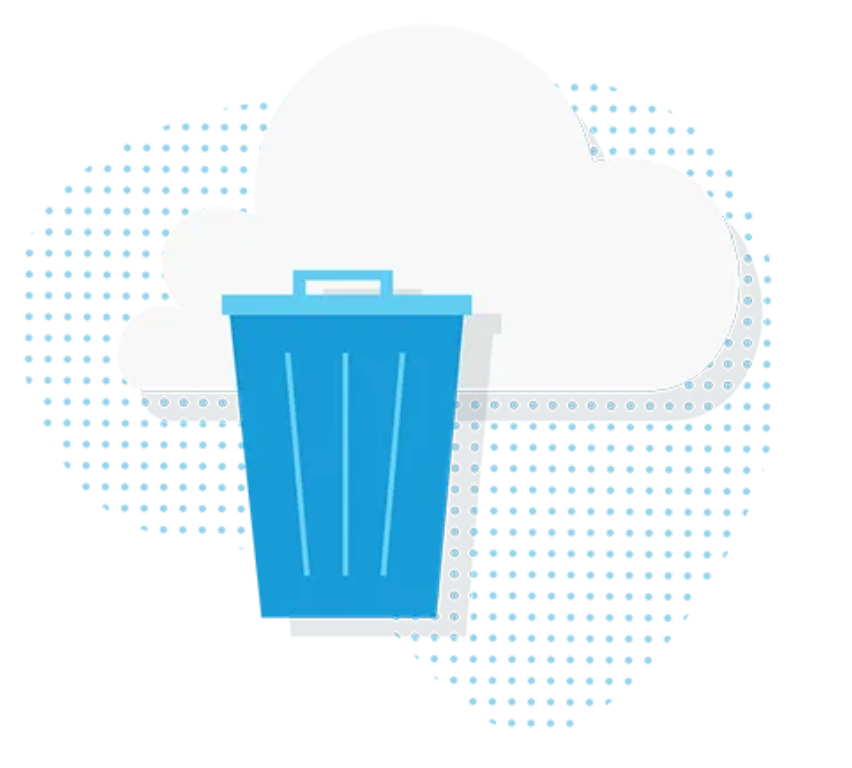Why you need to consider a SaaS protection tool for your business.

While cloud-based applications like O365 are very secure environments, they cannot protect your data from the #1 cause of loss and corruption: your employees.
Learn More
The #1 cause of data loss in the cloud is human error. Every day, data is lost or corrupted in the cloud due to:
- Accidental and Malicious deletion
- Data Overwriting/Sync Errors
- Successful Phishing Scams
- And more!
In the information era, data is a fundamental element
of all businesses.
Data is collected, stored, and analyzed allowing businesses to gain a new depth of insight into their customers. With an endless amount of possibilities to grow their business in a smarter, more agile way, this data needs to be available around the clock to ensure the operational success of the business.
Data that once lived in basements and backrooms is being moved to cloud-based servers and SaaS applications. Historically, data backup has always been a key component of any IT strategy – whether it was stored on floppy disks, duplicate servers, or in custom built applications. With this shift to the cloud, backups shouldn’t be taken out of the strategy; rather, it should be re-thought to be more adaptable and cost-effective – the same reason you moved to the cloud in the first place.
But Isn’t The Cloud Already Backed Up?
There is a common misconception that the cloud is backed up. However, while Amazon, Google, and Salesforce all have disaster recovery plans for the data they store on their servers, is that the only way you think you’ll be affected by data loss? It’s more likely that an employee is going to delete something they end up needing two weeks later than all of Google’s servers being destroyed by a tornado. Google and Salesforce both have limited functionality when it comes to getting your data back if it is lost for reasons other than hardware failure or disasters.
In fact, Salesforce has a high cost associated with recovering your data and it can take up to 15 days.
These applications usually aren’t the responsible party for your data loss, but they aren’t built to protect you
against accidental or malicious actions either. In other words, if the data loss is your fault, you’re out of luck in most cases unless you have your own backup solution.
Learn more about SaaS Protection
To find out more about protecting your business data stored in SaaS applications. Read more on our
SaaS protection page. Also be sure to watch the live Ransomware hacking
demonstration video below.


